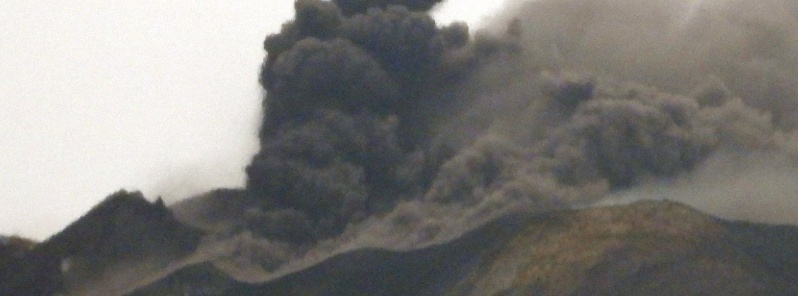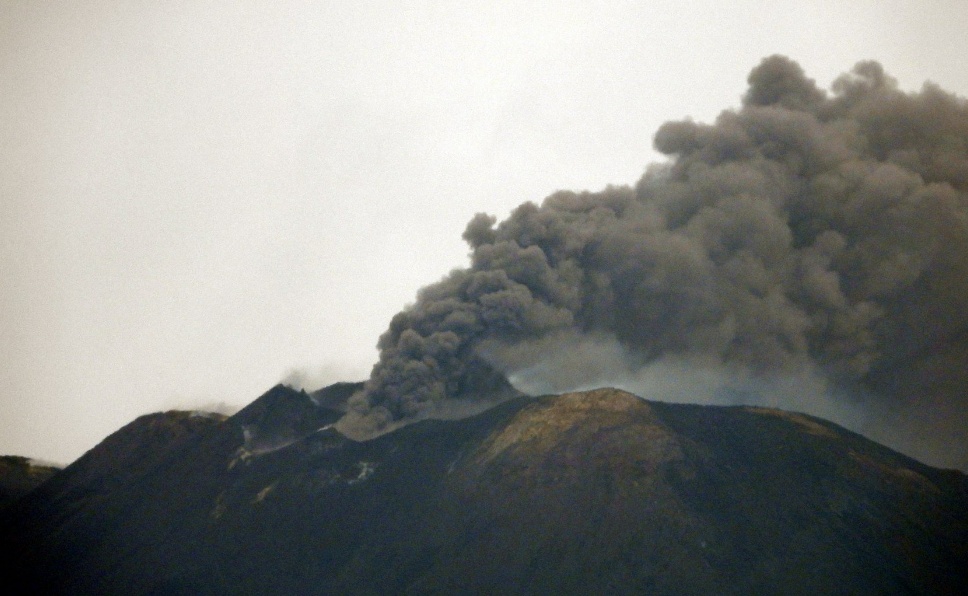Increased Strombolian activity, high values of volcanic tremor at Etna volcano, Italy

Strombolian activity started increasing at the Etna's New Southeast Crater at 08:45 UTC on May 19, 2020. The activity was accompanied by a modest emission of volcanic ash, which was blown to the northeast.
From the seismic point of view, the volcanic tremor amplitude has shown an increase to high values since 09:20 UTC, INGV reports.
The volcanic tremor source is located near the New Southeast Crater at about 2 900 m (9 500 feet) above the sea level. The infrasonic activity has also shown a slight increase, with events being localized at the New Southeast Crater.
Ground deformation shows no significant impulsive variations associated with the ongoing activity. However, a trend of northward movement at the Pizzi Deneri and Northeast Crater stations initiated in early May is continuing.

Image credit: INGV-OE


Image credit: INGV-OE

Geological summary
Mount Etna, towering above Catania, Sicily's second-largest city, has one of the world's longest documented records of historical volcanism, dating back to 1500 BCE. Historical lava flows of basaltic composition cover much of the surface of this massive volcano, whose edifice is the highest and most voluminous in Italy.
The Mongibello stratovolcano, truncated by several small calderas, was constructed during the late Pleistocene and Holocene over an older shield volcano. The most prominent morphological feature of Etna is the Valle del Bove, a 5 x 10 km (5.1 x 6.2 miles) horseshoe-shaped caldera open to the east.
Two styles of eruptive activity typically occur at Etna. Persistent explosive eruptions, sometimes with minor lava emissions, take place from one or more of the three prominent summit craters, the Central Crater, NE Crater, and SE Crater (the latter formed in 1978). Flank vents, typically with higher effusion rates, are less frequently active and originate from fissures that open progressively downward from near the summit (usually accompanied by strombolian eruptions at the upper end).
Cinder cones are commonly constructed over the vents of lower-flank lava flows. Lava flows extend to the foot of the volcano on all sides and have reached the sea over a broad area on the SE flank. (GVP)
Featured image credit: INGV

Commenting rules and guidelines
We value the thoughts and opinions of our readers and welcome healthy discussions on our website. In order to maintain a respectful and positive community, we ask that all commenters follow these rules.